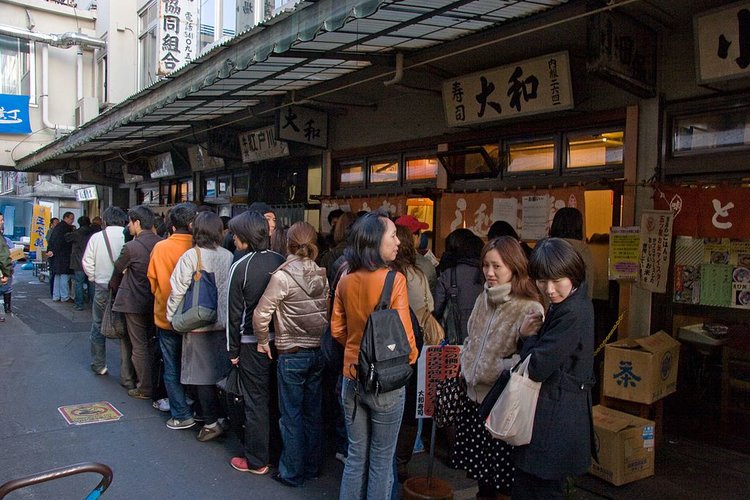You’ve probably experienced something like this before:
You’re waiting in line at a restaurant and trying to figure out what to order. You have a rough idea of what you’re going to get, but you’re still on the fence.
After deliberating for a few minutes, you realize you’re next in line.
The pressure’s on.
After some waffling, you decide to get a beef burrito.
But you can’t help overhearing the order of the person in front of you.
“Burrito, red rice, with chicken, please.”
She sounds so confident… she’s obviously a regular. Maybe you should change your order from the beef and get the chicken instead…
You make a last minute switch.
The social context shifted your decision.
In the behavioral sciences, we call this “social proof”. You were unsure of what to order, so you allowed the person in front of you to sway your decision. You assumed that they had more expertise than you.
This phenomenon is seen throughout our daily lives. We let the opinions of strangers sway what we purchase on sites like Walmart.com and Amazon.
We decide to see that popular movie everyone seems to be checking out.
We let the stranger in the shampoo aisle nudge us towards Pantene instead of Herbal Essences.
And so on… and so on…
You need to become more aware of the impact of social proof in your daily life so that you can make better decisions.
You should also use it in your marketing and design efforts.
Use the tactic–don’t let it use you.
To learn more about the “restaurant ordering” effect I talked about earlier, check out this new study: http://www.sciencedirect.com/science/article/pii/S…
“It is well established that the amount eaten by other people affects how much we eat, but unanswered questions exist regarding how much the food choices of other people affect the types of food that we choose. Past research on food choice modeling has primarilybeen conducted in controlled laboratory situations and has focused on snack foods. The current research examines the extent to which food choice modeling of a main dish occurs in a real-life context and whether people are aware of being influenced by others. The lunch orders of café patrons were surreptitiously tracked and participants were recruited after they paid for their lunch. Participants were asked what they ordered, whether they were influenced by the prior order, and what their relationship was to the person ahead of them in line. We analyzed the data of participants who were not acquainted with the person ahead of them (N = 174). As hypothesized, participants’ main-dish lunch orders matched the choice of the person ordering ahead of them in line at rates significantly higher than chance. A significant modeling effect was observed even among participants who reported that their order was not influenced by the prior order. This research provided evidence of main-dish choice modeling occurring in real-life eating situations and outside of conscious awareness – demonstrating a powerful social influence on eating behaviours.”





